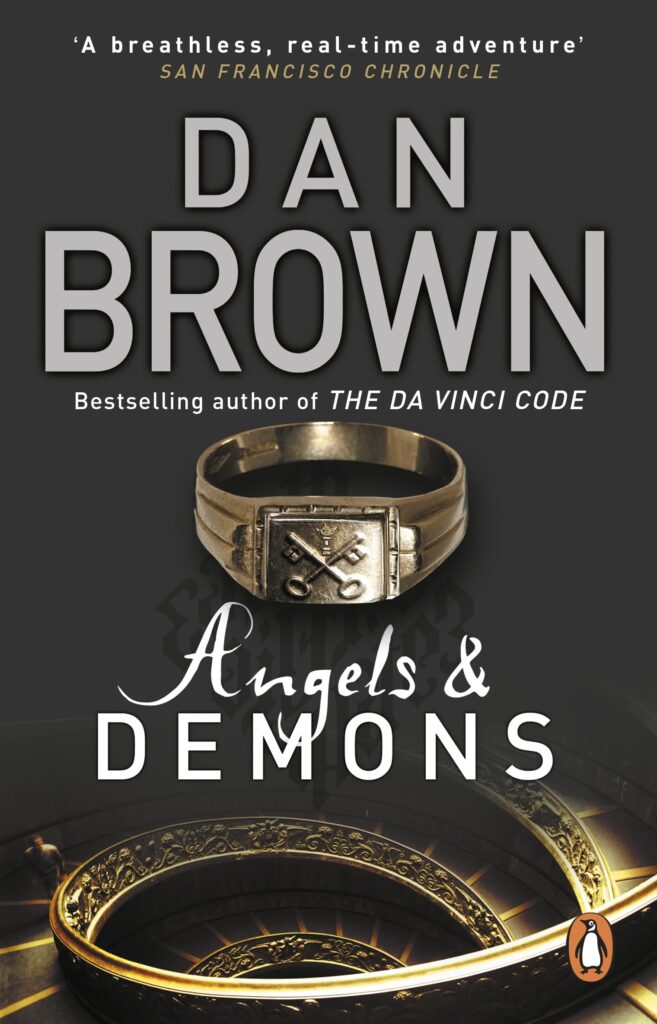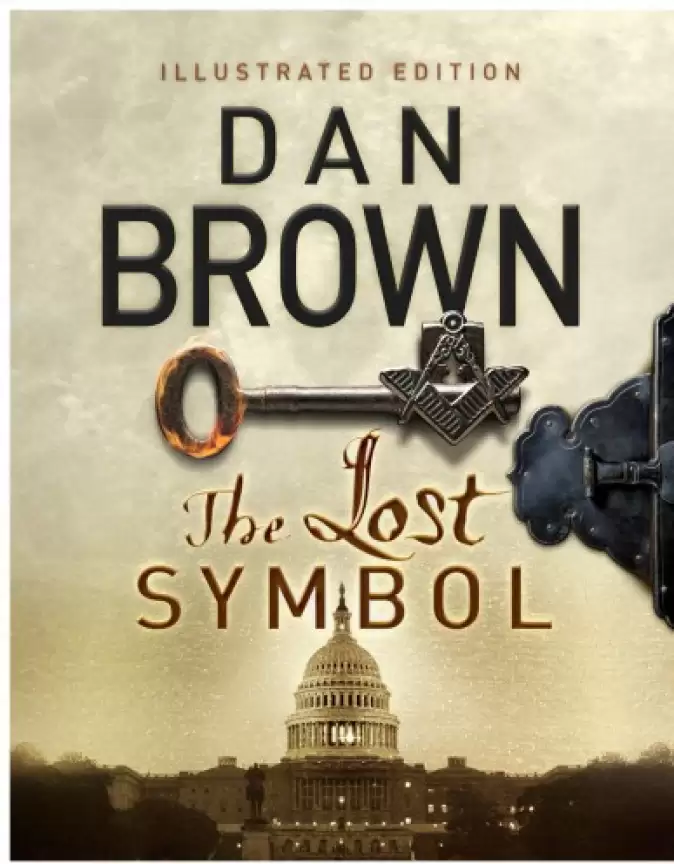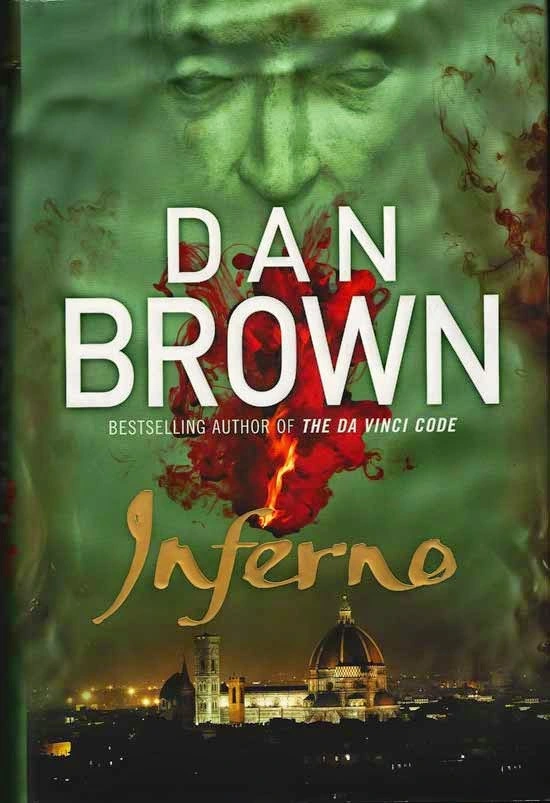Dan Brown is a name synonymous with thrilling, fast-paced novels that explore the hidden mysteries of history, religion, and science. Known for creating iconic works like The Da Vinci Code and Angels & Demons, Brown has captivated millions of readers worldwide. His blend of factual history with speculative fiction and suspenseful storytelling has made him a cornerstone in the modern thriller genre. This article will dive into the fascinating world of Dan Brown’s novels, including how to read Dan Brown books in order and why each book has left a lasting mark on literature and pop culture.
Overview of Dan Brown’s Writing Style and Themes
Writing Style
Dan Brown’s writing is fast-paced and suspenseful, designed to keep readers hooked from start to finish. His use of short chapters and cliffhanger endings has become a signature style that builds tension and compels readers to turn the page. Additionally, his novels often alternate perspectives, adding complexity and maintaining reader engagement.
Common Themes in His Books
Across his bibliography, Dan Brown explores themes of mystery, morality, and the constant clash between science and religion. Each book dives into conspiracies involving secret societies, like the Illuminati in Angels & Demons, or hidden religious secrets, as seen in The Da Vinci Code. These books raise questions about faith, ethics, and the nature of knowledge, making Brown’s novels more than just page-turners—they’re explorations of age-old debates.
Exploring the Major Books by Dan Brown
1. Angels & Demons

Plot Summary
In Angels & Demons, we meet Robert Langdon, a Harvard symbologist who is called upon to investigate a murder linked to the Illuminati—a secret society rumored to be plotting revenge against the Catholic Church. The novel takes readers on a journey through the streets of Vatican City, where Langdon must solve a series of clues related to ancient symbols.
Key Themes and Elements
Brown’s exploration of the “angel and satan” motif brings forth a compelling science vs. religion debate, where antimatter is poised to be a weapon of mass destruction. This novel is not only about solving mysteries but also about understanding the delicate balance between faith and science.
Notable Characters
- Robert Langdon – The main protagonist, whose expertise in symbology drives the plot.
- Vittoria Vetra – A scientist who aids Langdon, embodying the bridge between faith and science.
Reception and Impact
Upon release, Angels & Demons garnered widespread acclaim, solidifying Brown’s reputation as a master of suspense. It paved the way for further exploration of religious mysteries in his later works.
2. The Da Vinci Code

Plot Summary
Arguably Dan Brown’s most famous book, The Da Vinci Code follows Robert Langdon as he unravels a secret about the Holy Grail. The book opens with a murder in the Louvre, leading Langdon into a web of mysteries that challenge conventional interpretations of Christianity.
Key Themes and Elements
Themes of religious mystery and symbology are at the core of this novel. Brown reinterprets historical events and religious beliefs, proposing that Mary Magdalene had a far more significant role in Christian history than traditionally taught.
Controversies
The The Da Vinci Code sparked international debate, with religious groups criticizing its alternative portrayal of Jesus and Mary Magdalene. Despite this, or perhaps because of it, the book became a bestseller and cultural phenomenon.
Cultural Impact
The Da Vinci Code inspired a wave of interest in historical sites and religious symbols, transforming locations like the Louvre into must-visit spots for fans. Its success also led to a film adaptation.
3. The Lost Symbol

Plot Summary
The Lost Symbol, set in Washington, D.C., centers around Freemasonry and its secrets hidden within American landmarks. Langdon is called to solve a puzzle connected to ancient mysteries, with only hours to unravel a deadly plot.
Key Themes and Elements
This novel focuses heavily on Freemasonry and the power of the human mind. The themes in The Lost Symbol intertwine history, symbology, and science, challenging readers to question the limits of human knowledge.
Historical and Symbolic Aspects
Brown draws on real-world landmarks like the Capitol Building and Washington Monument, using them as backdrops for his thrilling story. These settings ground the novel in reality, giving readers a tour of the hidden symbols in America’s capital.
Reader Reception
While The Lost Symbol was highly anticipated, reactions were mixed, with some readers praising its intricate puzzles and others finding it slower than Brown’s previous works. The novel was later adapted into a Peacock TV series titled Dan Brown’s The Lost Symbol.
4. Inferno

Plot Summary
Inspired by Dante Alighieri’s Divine Comedy, Inferno takes Langdon to Florence, Italy, where he investigates a plot involving a global pandemic. With clues from Dante’s work, the stakes in this novel feel even higher as the future of humanity hangs in the balance.
Major Themes
Inferno explores art, literature, and the ethics of population control. Brown dives into controversial topics surrounding science and global health, making it one of his most thematically complex novels.
Setting and Atmosphere
Florence’s artistic heritage plays a central role, and Brown’s descriptive passages of landmarks like the Palazzo Vecchio add a sense of authenticity and drama to the story.
Public and Critical Reception
The book received a mixed reception, with praise for its suspense but some criticism for its pacing. Still, Inferno remains a favorite among fans for its deeper philosophical questions.
5. Origin

Plot Summary
In Origin, Langdon embarks on a quest to uncover the truth about humanity’s origins and destiny. The novel takes readers to Spain, where the storyline intertwines with futuristic themes, focusing on artificial intelligence and the clash between science and religion.
Themes of Science and Technology
This novel pushes Brown’s themes further by including artificial intelligence as a central character. The novel questions the intersection of faith and science, bringing readers into modern-day debates.
Main Characters and Their Roles
Origin introduces Winston, an AI assistant who plays a significant role in assisting Langdon. This character adds a new layer to Brown’s storytelling, emphasizing the possibilities and risks of future technologies.
Reception and Lasting Impact
Origin represents a shift from Brown’s usual historical focus, tackling contemporary themes. It left a lasting impression by exploring questions relevant to today’s society.
Common Features Across Dan Brown’s Books
Recurring Characters and Iconic Protagonists
Robert Langdon, Brown’s central character, is the consistent thread connecting Angels & Demons, The Da Vinci Code, The Lost Symbol, Inferno, and Origin. His academic expertise and logical approach to solving mysteries make him an endearing hero. Other recurring characters add layers to the overarching plot, making each book feel part of a larger narrative.
The Role of Symbols and Codes
Brown’s background in symbology enriches his novels with layers of puzzles. Readers find themselves immersed in solving codes, from the Fibonacci sequence to ancient ciphers. These symbols are central to Brown’s storytelling style, encouraging readers to actively engage with the plot.
Exploration of Famous Locations and Historical Landmarks
Dan Brown’s novels are celebrated for their rich descriptions of real-world locations, including the Louvre in The Da Vinci Code and Florence in Inferno. These settings serve as more than just backdrops—they are crucial elements of the narrative, lending authenticity to the mystery.
Critical and Popular Reception of Dan Brown’s Works
Public Reception and Global Popularity
From Europe to Asia, Dan Brown’s books have enjoyed immense popularity. Each release generates anticipation and excitement, with adaptations in film and TV amplifying his reach.
Literary Criticism
Critics often challenge Brown’s historical interpretations, but fans appreciate his creative license, making his novels engaging and thought-provoking.
Controversies and Debates
Whether it’s The Da Vinci Code’s religious critiques or Angels & Demons’ exploration of the Illuminati, Brown’s novels frequently spark controversy. These debates have only added to his fame, bringing a broader audience to his work.
Influence of Dan Brown’s Books on Modern Literature and Pop Culture
Contribution to the Thriller and Mystery Genres
Dan Brown’s ability to blend suspense with historical detail has set a new standard for thriller writing. He has also inspired a wave of similar novels that mix fact with fiction.
Popularizing Historical and Art-Based Mysteries
Brown’s influence extends beyond literature. His books have spiked interest in historical tours, museums, and religious sites, proving the enduring appeal of art-based mysteries.
Conclusion
Dan Brown’s fiction books have redefined modern thriller literature by combining historical intrigue, religious conspiracies, and scientific exploration. Each novel, from Angels & Demons to Origin, captivates readers with its unique blend of fact and fiction, offering a journey through ancient and futuristic mysteries. As Brown’s legacy in fiction continues to inspire, readers are eager for what’s next from the author who wrote The Da Vinci Code.
